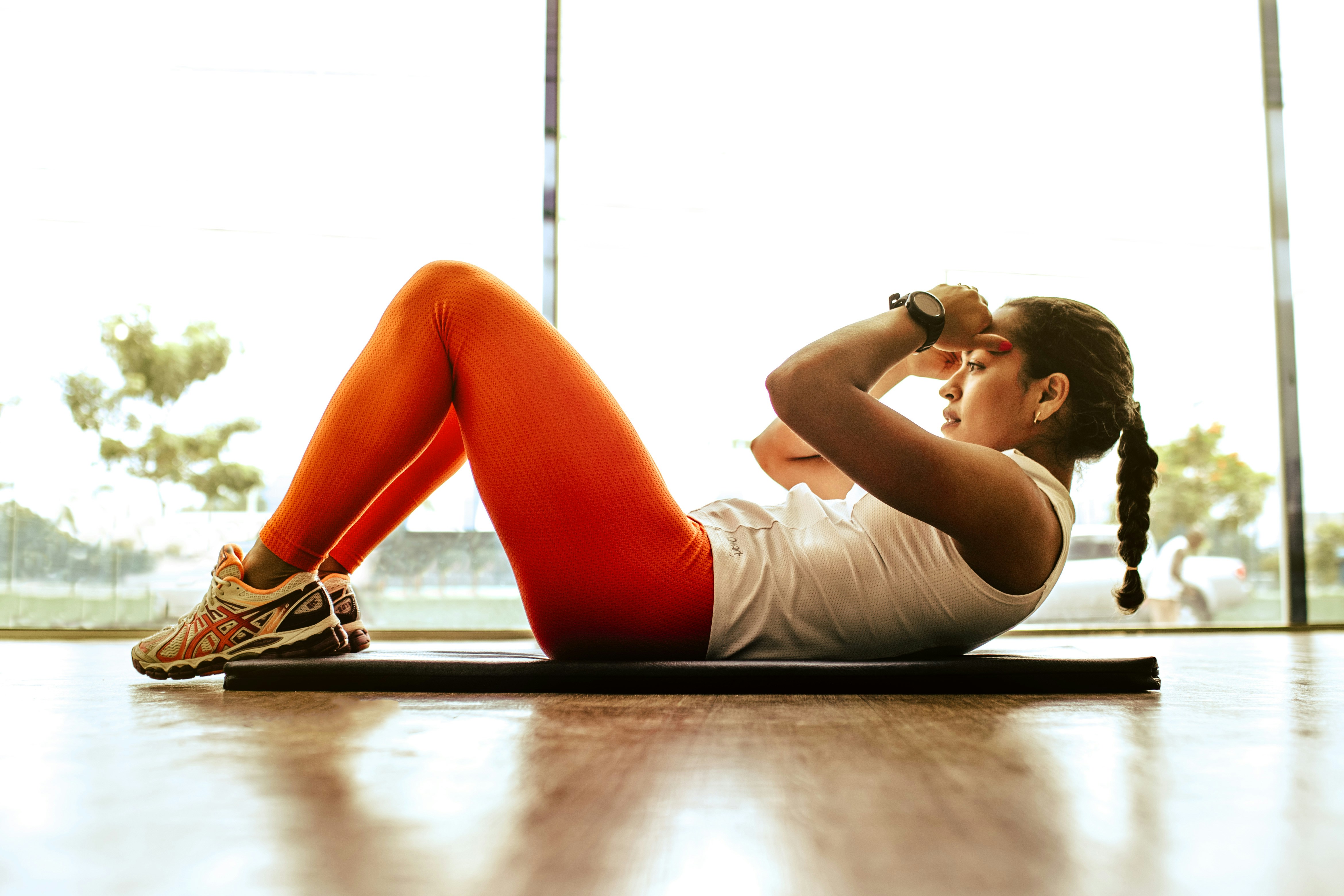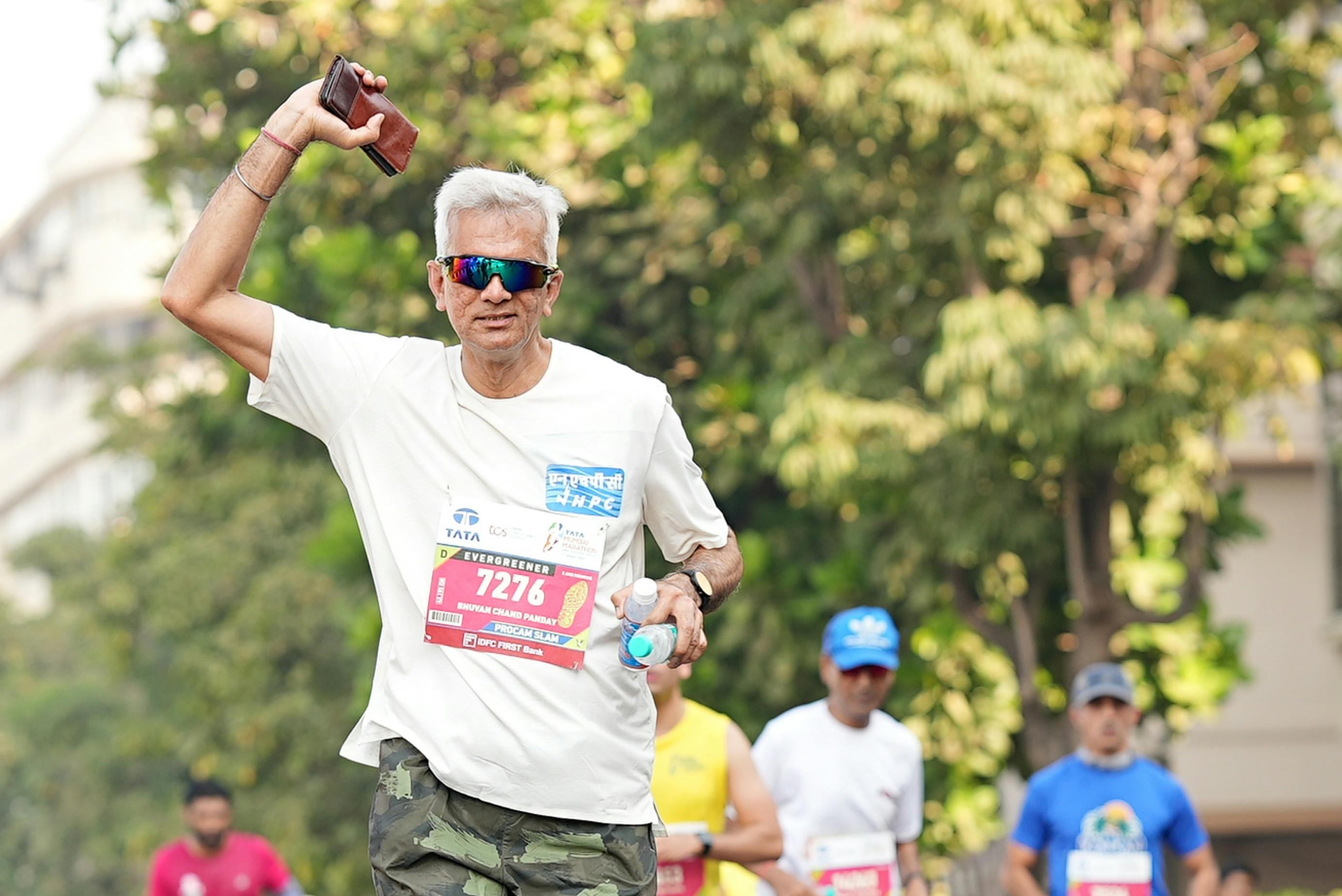Table of Contents
The Ultimate Fitness Signal: What VO₂ Max Is and Why It Matters?

Why VO₂ Max Stands Out
In a world where we track steps, heart rate, and calories burned, one measure cuts through the noise: VO₂ Max. This single number reflects how much oxygen your body can use during intense exercise. More than just a performance metric, research shows VO₂ Max predicts long-term health and even life expectancy better than traditional risk factors.
What Exactly Is VO₂ Max?
VO₂ Max, short for maximal oxygen uptake, is the highest rate at which your body can take in, transport, and use oxygen during exercise. Think of it like your car's engine size: the bigger and more efficient the engine, the greater the output. In the human body, this "engine" is your heart, lungs, blood vessels, and muscles working together.
VO₂ Max is determined by the Fick equation, which measures how much blood your heart pumps and how much oxygen your muscles can extract from it. Elite athletes typically have very high VO₂ Max values because their hearts are larger, more compliant, and capable of pumping greater volumes of blood with each beat.
How VO₂ Max Is Measured
The gold standard is a lab-based treadmill or cycling test, where you wear a mask to measure the oxygen you inhale and the carbon dioxide you exhale. While this direct test provides the most accurate results, fitness devices like Garmin or Apple Watch now estimate VO₂ Max using algorithms. These estimates aren't perfect and should only be used if better device is not available, such as Vortex - our VO₂ Max measuring device.
Why VO₂ Max Matters for Fitness
A high VO₂ Max doesn't guarantee you'll win races, but it does set the stage for performance. An athlete with a VO₂ Max of 80 ml/kg/min will always have more endurance potential than someone with a score of 40. Endurance sports—running, cycling, and rowing—all depend on this physiological ceiling.
That said, performance also depends on other factors such as running economy, strength, and strategy. Still, VO₂ Max remains the most reliable benchmark for cardiorespiratory fitness.
Why VO₂ Max Matters for Health
Here's where VO₂ Max becomes a true "health signal." Studies show low VO₂ Max is strongly linked to higher risks of cardiovascular disease and premature death, while improvements in VO₂ Max significantly reduce these risks. In fact, VO₂ Max has been shown to be a better predictor of survival than cholesterol, blood pressure, or body weight.
Put simply: Improving your VO₂ Max may be one of the most powerful things you can do for long-term health and longevity.
How to Improve Your VO₂ Max
Training can move the needle:
Zone 2 Training (low-intensity, steady efforts): Builds your aerobic base, making your muscles more efficient at using oxygen.
High-Intensity Intervals (Zone 5): Pushes your cardiovascular system to its limits, increasing the ceiling of your VO₂ Max.
Consistency is key. Even modest improvements in VO₂ Max translate to measurable health and fitness benefits.
Final Takeaway
VO₂ Max is more than a sports science concept. It's the ultimate measure of how well your heart, lungs, and muscles work together—and a powerful predictor of both performance and health. Tracking and improving it could be the most important fitness step you take.
To learn more about VO₂ Max, check out our YouTube channel: axovoc
FAQs
Q1: What is considered a good VO₂ Max?
It varies by age and sex, but generally, scores above 50 ml/kg/min for men and 40 ml/kg/min for women are considered excellent. Elite endurance athletes can reach 70–90.
Q2: Can you improve VO₂ Max at any age?
Yes. While VO₂ Max naturally declines with age, consistent aerobic and interval training can slow that decline and even produce significant improvements in middle-aged and older adults.
Q3: Is VO₂ Max only for athletes?
No. VO₂ Max isn't just about running marathons—it's a marker of overall health and longevity. Everyone benefits from improving it, whether you're an athlete or just want to stay active later in life.
About the Author

Axovoc Editorial Desk
Our team is a group of engineers, researchers, and science communicators passionate about making biometric science accessible and engaging. We work closely with the developers of the Vortex device to bring you accurate, insightful content about VO₂, respiration, and human performance.
Want to contribute or suggest a topic? Contact us.

